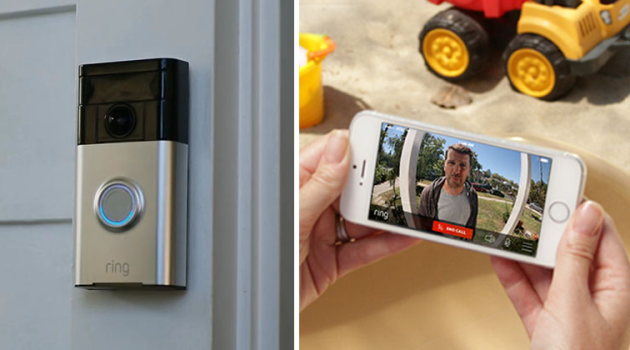The company’s new patents already offer solutions by which a home security system can profile suspected aliens based on biometric data.
Amazon acquired Ring, a maker of smart bells and security cameras, in early 2018, whose products have since expanded the company’s range of smart home products under the same name. Despite the ever-increasing new offerings and solutions, the Ring brand still has news about data security, whether it’s issues with facial recognition technology, severe data leaks, or alleged hardware hacking.
Last year, it was also revealed that at times Amazon employees also abused their access to video streams from cameras installed in users’ homes, leading to investigations that led to layoffs on several occasions. Of course, network-connected home add-ons not only provide new attack points through malicious access, but also raise data management issues that never existed before.
Although almost all of the multi-tech companies developing smart home solutions have had similar issues, they don’t seem to be slowing down. Business Insider is submitting new patent applications this time Examined On the part of Amazon, some are unlikely to be more opinion than advocacy activists. That’s because new features in Ring will use artificial intelligence to shape aliens and perform other tasks that aren’t hard to see as daunting.
My house and its surroundings
Of the 17 patents in all, an immediate right is that Ring remembers connections that appear regularly and alerts smart home residents when a stranger approaches their home. This “visitor recognition system” will also be able to send an alert to the owner if it considers the presence of suspicious characters or vehicles in the area, including the latter’s make, model and color.
According to reports, the US Patent Office will approve Amazon’s application in October regarding the visitor recognition algorithm system and method. Other documents recently filed with the European Patent Office show that Ring may later acquire skills with which he can also analyze people’s faces, hair colours, heights, weights or clothing.
If someone is identified as suspicious through the algorithm, the smart bell can use Amazon’s facial recognition technology to identify them based on their face, retina, skin texture, voice, or even smell. The patents also describe a feature that allows doorbell systems to not only share these records in a single neighborhood, but also to create composite images of people detected by the algorithm.
Calm down, they’re just brainstorming right now
A number of data protection organizations, including Charity Privacy International, have long issued warnings about this type of biometric identification system, and the US Federal Trade Commission has reportedly considered suing Amazon Ring over data security and privacy concerns. Proceedings have been suspended.
Reports also indicate Ring’s reaction to the patents. The company asserts that it does not use facial recognition technology or other features described in the patent in its products, and they have not appeared in systems under development.












































